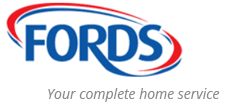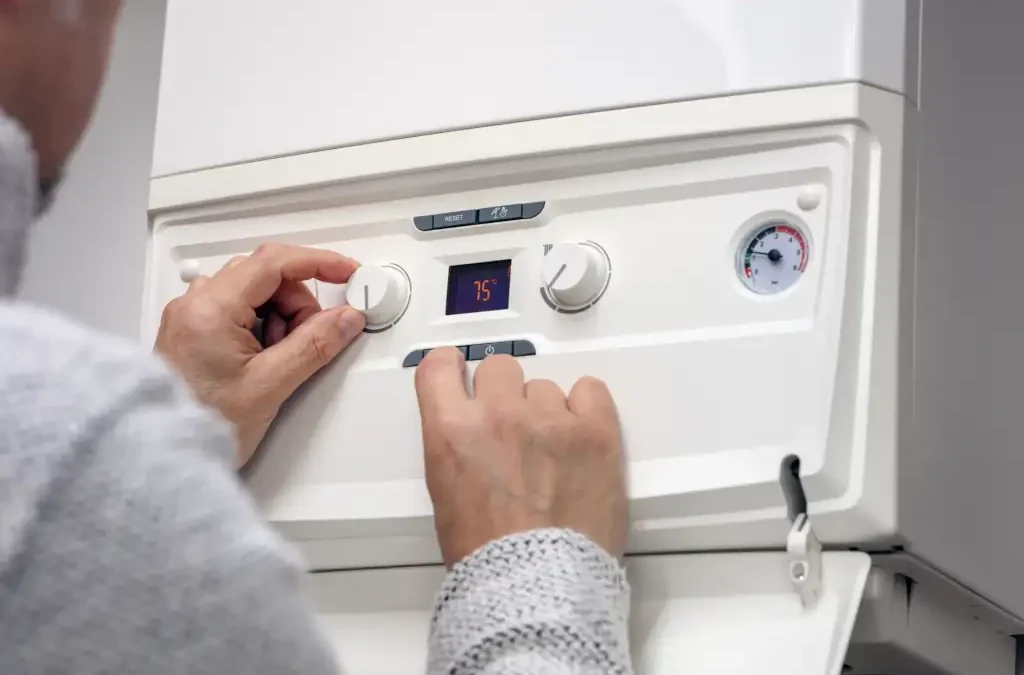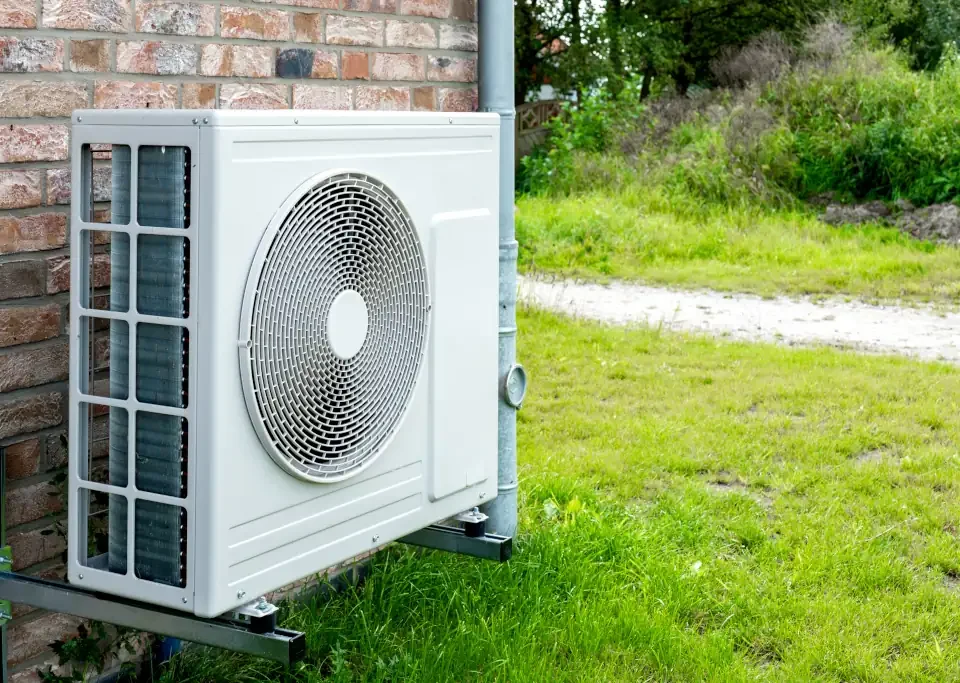Ultimate Home Winter-Prep Checklist
As winter approaches and temperatures begin to drop, it’s important that we take the time to get our homes ready for the months ahead. Preparing for winter isn’t just about keeping warm-it’s about avoiding unexpected repairs, preventing potential safety hazards, and ensuring everything works as it should when we need it most. We’ve put together a straightforward checklist to help you cover the essentials, with guidance on what you can take care of yourself and where it’s worth bringing in our professional team for a closer look.
Our experience has taught us that early preparation pays off. We see time and again how small oversights-like a clogged filter or an uninsulated pipe-can lead to major issues once winter sets in. Whether you’re a homeowner looking to stay on top of maintenance or a landlord wanting to ensure your properties are protected, this checklist gives you a reliable framework to work from.
1. Heating Systems: Boilers, Heat Pumps, and AC Units
Heating systems are the backbone of winter comfort, and it’s essential they’re working efficiently before the first frost hits. Even if everything seemed fine last season, regular wear and tear can add up-and the cold has a way of exposing underlying faults.
DIY Checks:
- Change Filters: A clogged filter reduces airflow and forces your system to work harder. Check and replace filters in your boiler, heat pump or air handling unit to maintain performance and improve indoor air quality.
- Inspect Vents: Blocked or dusty vents prevent warm air from circulating properly. We recommend ensuring all vents and registers are free from furniture, rugs or dust build-up.
- Thermostat Test: Switch your thermostat to heat mode and check whether it kicks in promptly. If it lags or the temperature doesn’t rise as expected, there may be a calibration issue.
When to Call Us:
- Annual Service: We recommend an annual service on boilers, heat pumps and AC systems. Our qualified technicians check for gas or refrigerant leaks, clean internal components, and make sure all safety mechanisms are working as they should.
- Strange Noises or Smells: Clanking, whirring or a burning smell could point to a worn motor, cracked heat exchanger or electrical issue. These are best addressed straight away.
- Uneven Heating: If some rooms are colder than others despite open vents, your system may need balancing or the ductwork could require a professional inspection.
2. Protecting Pipes from Freezing
When water freezes, it expands-and in pipes, that can mean burst joints and serious leaks. This is one of the most common causes of winter property damage, but it’s also one of the easiest to prevent.
DIY Checks:
- Insulate Exposed Pipes: Pipes running through unheated areas like garages, basements or external walls should be insulated with foam pipe sleeves or heat tape to reduce freezing risk.
- Seal Gaps and Drafts: Even small draughts around window frames or doorways can drop the temperature near plumbing. Use weatherstripping or sealant to close gaps.
- Let Faucets Drip: During very cold nights, letting taps drip slowly can keep water moving and reduce the chance of freezing.
When to Call Us:
- Persistent Low Pressure: If water pressure drops suddenly, particularly in colder areas of the property, it may indicate a partial freeze or hidden leak.
- Visible Pipe Damage: Cracks, bulges or frost on pipework need immediate attention. We can assess the damage and carry out safe repairs to prevent further issues.
3. AC Units and Outdoor Equipment
While your air conditioning unit won’t be in use over winter, protecting it during the off-season prevents weather damage and ensures it’s ready to go next summer.
DIY Checks:
- Clean and Cover: Clear leaves, dirt and debris from around the outdoor unit. Use a breathable cover designed for AC units to keep moisture out while allowing airflow.
- Disconnect Power: Shutting off the AC breaker at the fuse box stops it from accidentally powering on during a warm winter day, which could damage the compressor.
When to Call Us:
- End-of-Season Service: Before fully shutting down the system for winter, our technicians can inspect refrigerant levels, lubricate moving parts, and check for any signs of wear that might cause problems come spring.
4. Safety Essentials
Heating systems and fireplaces increase indoor safety risks if not properly maintained. We recommend reviewing your safety systems every winter as part of your regular checks.
- Smoke and CO Detectors: These devices are vital during winter, especially if you’re using gas or solid-fuel heating. Replace the batteries, press the test button to ensure they work, and check expiry dates. If you don’t have carbon monoxide alarms, now is the time to install them.
- Chimneys and Fireplaces: Creosote build-up in chimneys is a fire hazard. Even if you only use your fireplace occasionally, it should be swept regularly by a certified professional. We’re happy to recommend trusted chimney sweeps in the local area if needed.
Final Tip: When in Doubt, Book a Professional Inspection
Even with the best intentions and a good understanding of basic maintenance, there are things that require a trained eye. We offer comprehensive heating system inspections and winter-prep servicing to give you peace of mind for the season ahead. Our team covers everything from boiler checks to pipe inspections and safety testing-so you don’t have to worry when temperatures take a turn.
For more details on our heating and plumbing services, including emergency callouts and planned maintenance, visit the service pages on our website. You’ll also find information on our Boiler Care Plans, which many of our clients choose for ongoing support throughout the colder months.
And if you’re looking for independent advice on keeping your property safe over winter, The Heating and Hotwater Industry Council (HHIC) offers useful seasonal guidance aligned with UK standards.
By getting ahead of winter with these steps, we can all avoid last-minute surprises and keep our homes safe, warm, and efficient-whatever the weather brings.




